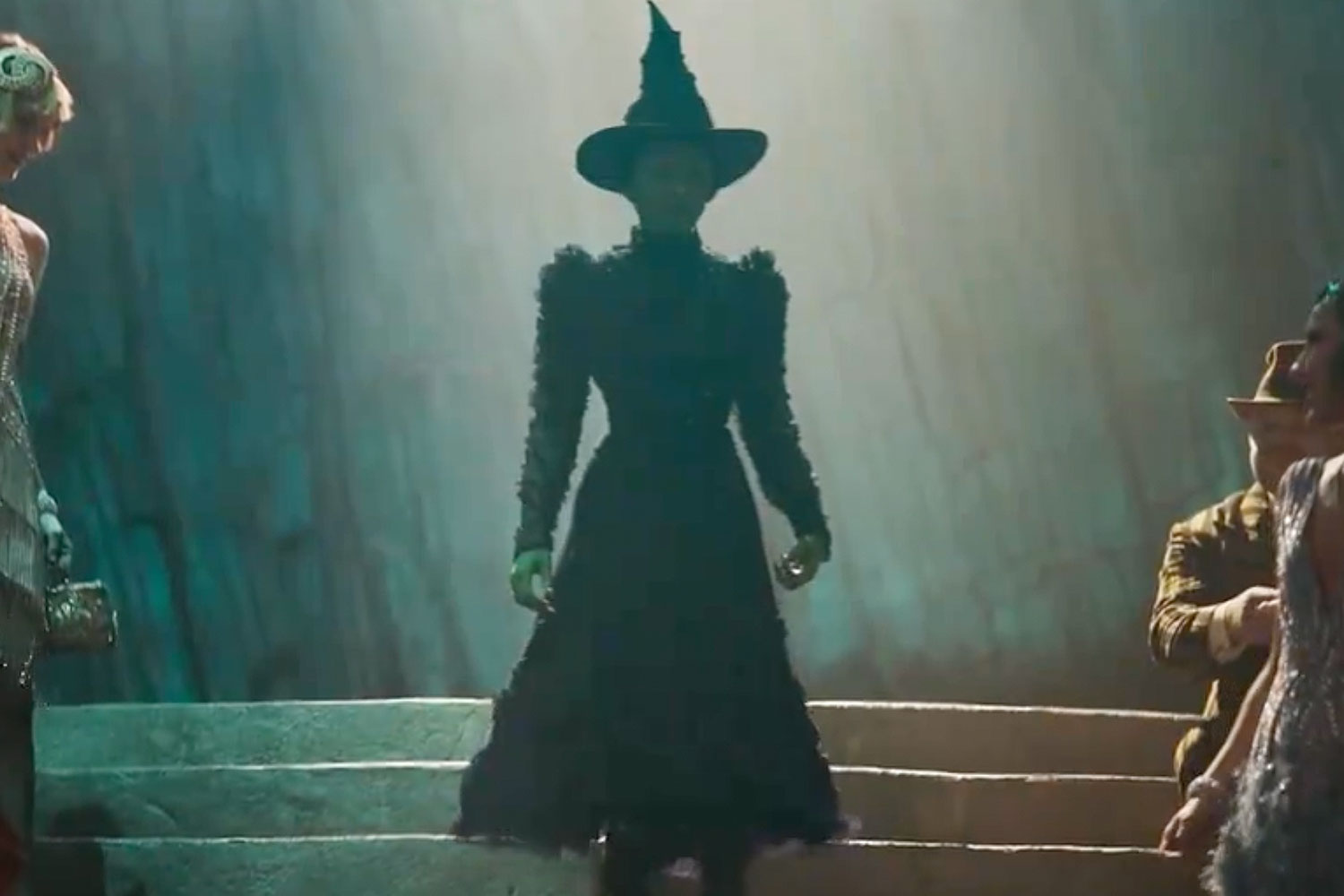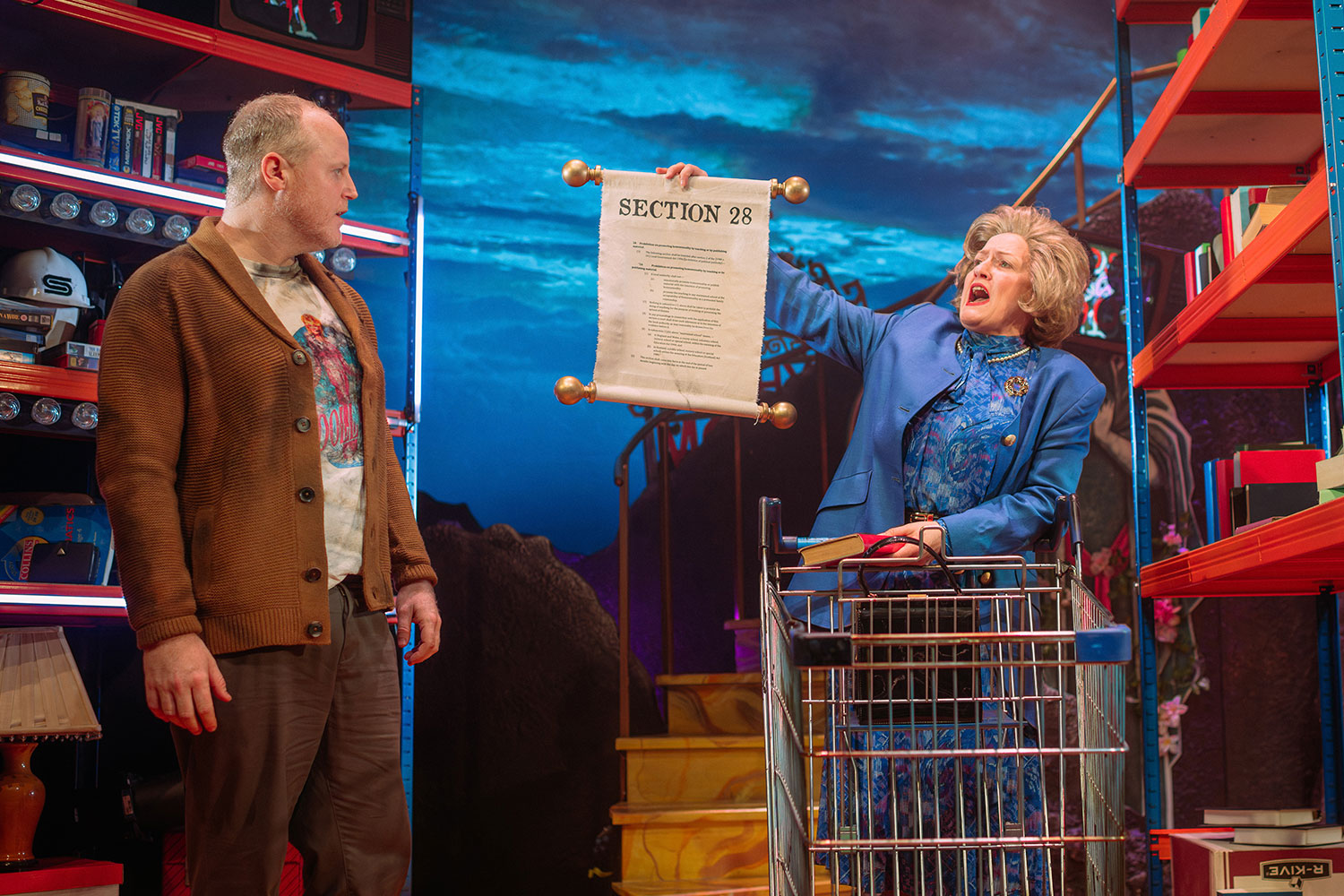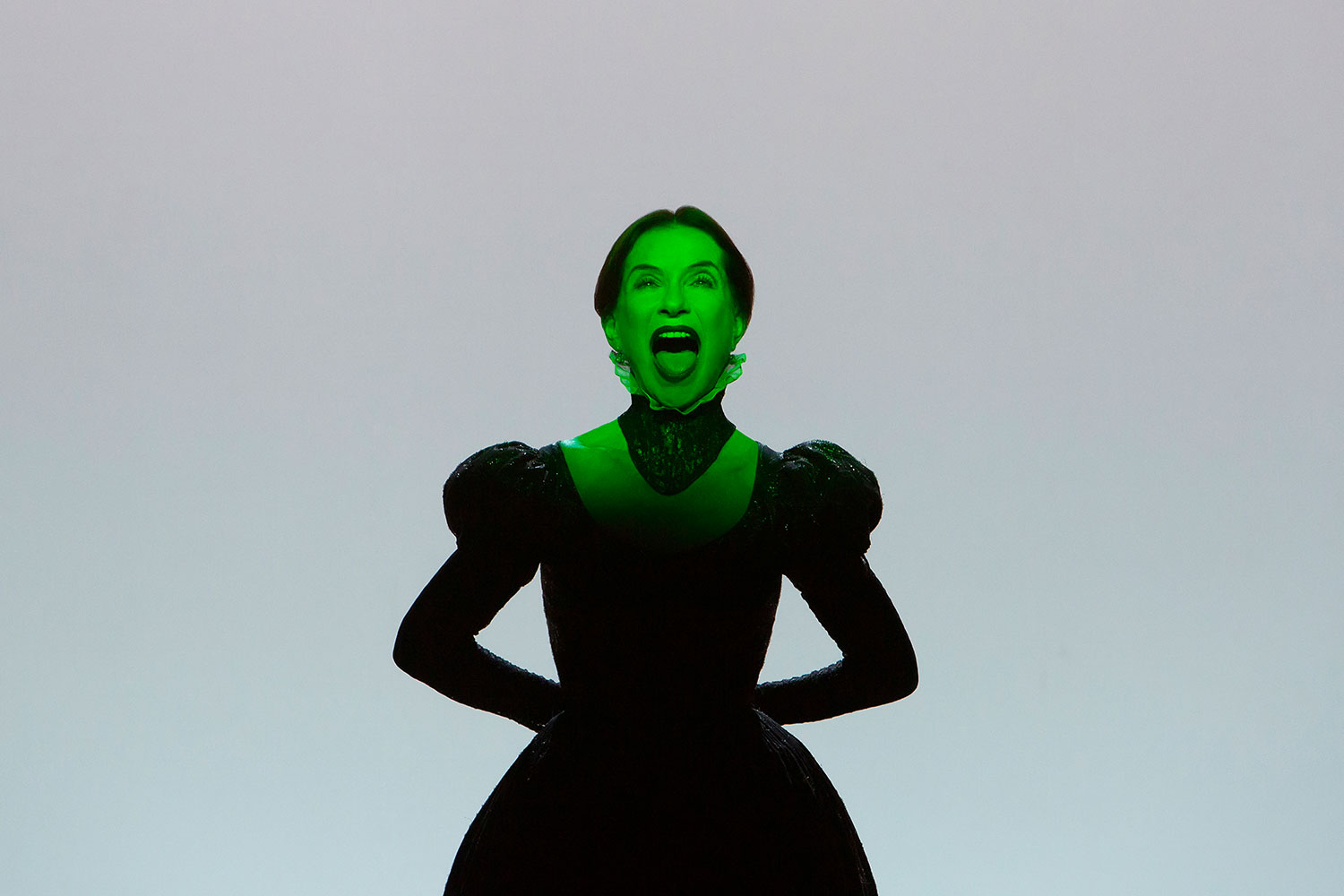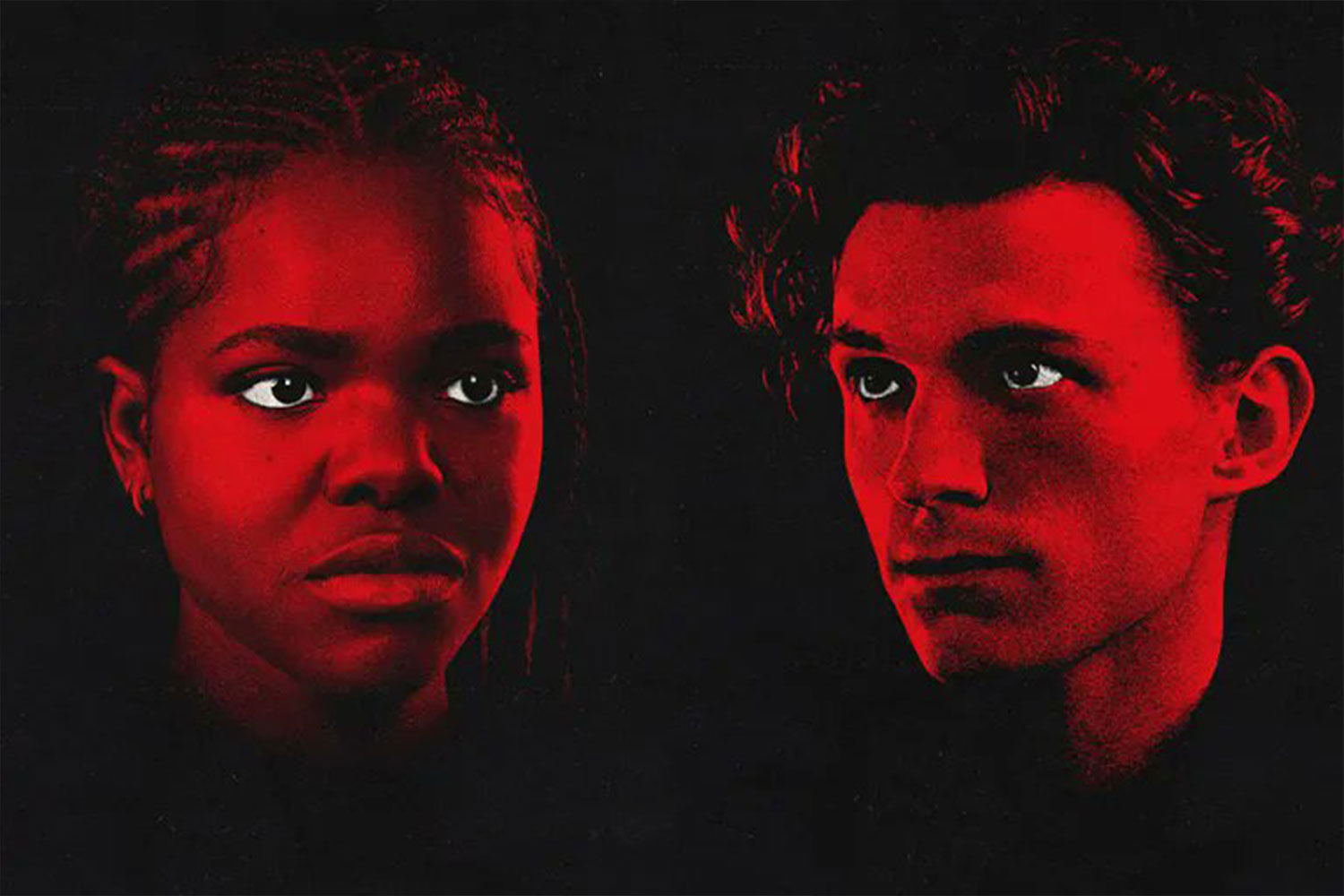Relapse
John Vanbrugh wrote The Relapse in 1696 as a sequel to another man’s play, Colley Cibber’s Love’s Last Shift. The earlier piece followed the antics of Ned Loveless who – after abandoning his wife Amanda in order to indulge in booze, gambling and loose women – is lured back into marital union when the little lady poses as a courtesan and proves more than a match for his libido. In Vanbrugh’s comedy, the Lovelesses are back together and blissfully content until, as the title suggests, naughty Ned relapses into his bad old ways – with, no less, his wife’s cousin and confidante.
It isn’t necessary to know this backstory going into The Relapse, but it certainly helps in following the machinations and motivations of the hedonists embroiled in the play’s convoluted plot. Or at least one of the play’s convoluted plots, the one revolving around the Lovelesses (played by James Purefoy and Imogen Stubbs) and their cunning lovers (Adrian Lukis and Claire Price), who scheme masterfully à la Les Liaisons Dangereuses but with more comic consequences.
Elsewhere, no prior knowledge is required at all to track the romantic skulduggery unfolding between Lord Foppington, his bride-to-be and his penniless younger brother Tom. Suffice it to say, this tale involves swindled fortunes, mistaken identities and a touch of bigamy. The two storylines loosely conjoin in the final scene when all the characters unite for a wedding breakfast – though the first imbroglio fizzles out rather inexplicably.
With a cast of some 33, The Relapse is a true ensemble piece, and director Trevor Nunn ensures that it’s a high quality one at that. Still, there are a few stand-out performances. Alex Jennings is riotous as the camply egocentric Foppington, “a very nauseous fellow” with a wig that towers above all others; Maxine Peake as his country bumpkin amour amusingly mixes naiveté with lustful connivance; and Raymond Coulthard possesses more than enough charm to act as the semi-reluctant foil to their marriage. In a cameo role, Edward Petherbridge is also good value as the lecherous matchmaker. However, the fact that all these performances count amongst the second storyline adds to the imbalance between the two halves of this play.
Special mention must go to choreographer David Bolger and fight director Malcolm Ranson for the intricately orchestrated dance and duel scenes, and also to designer Sue Blane for some sumptuous costumes.
It seems impolite to criticise the writing some three centuries after the fact, but by my reckoning, at three and a quarter hours, Vanbrugh’s script could benefit from some judicious editing, particularly where the Lovelesses are concerned. Still, it’s remarkable, given such a passage of time, how modern – and frankly risqué – Restoration comedies such as this one remain.










